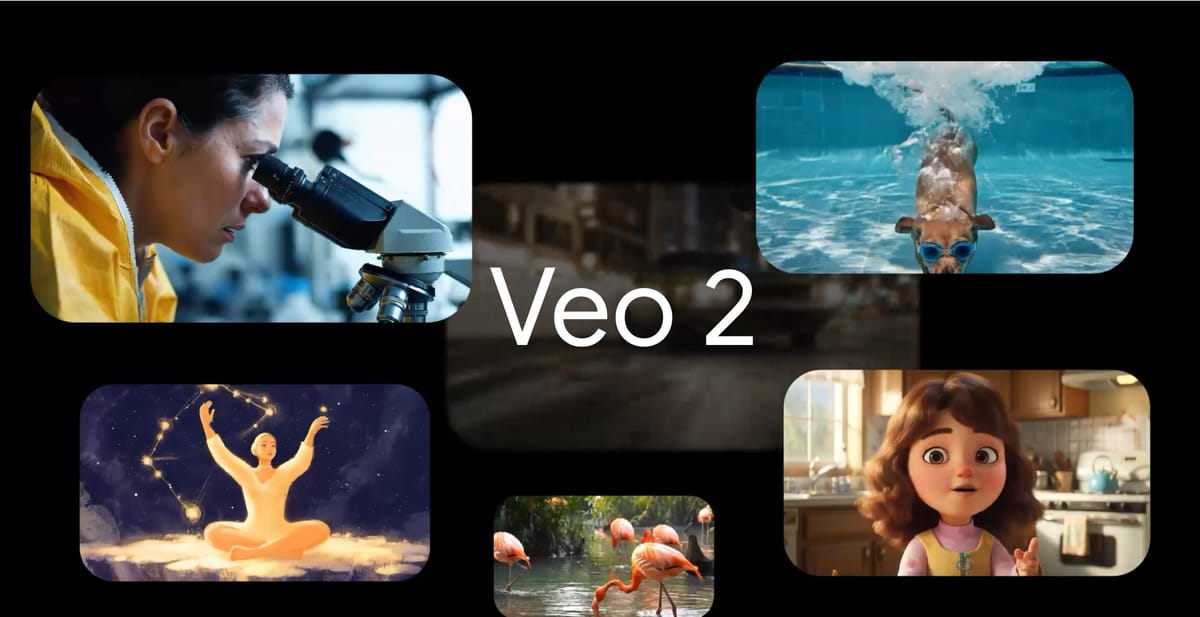
For a second week in a row, Google seems set to steal the thunder from OpenAI's "12 Days of Shipmas" event. Following last week's Gemini 2 announcement, DeepMind has unveiled Veo 2, its latest AI video generation model. This comes just days after OpenAI's Sora became generally available to users—eleven months after it debuted.
Key points:
- Veo 2 can create videos up to 4K resolution and multiple minutes in length
- It shows improved understanding of physics, human movement, and cinematographic elements like lens choices and camera angles
- Each video has SynthID digital watermarking
Veo 2 is setting new benchmarks in AI video generation, pushing the boundaries with cinematic realism, detailed physics, and advanced control options. Headline features include the ability to render videos in 4K and generating video up to two minutes in length. For reference, OpenAI’s Sora can generate videos up to 1080p and 20 seconds.
However, in practical terms, these features remain at large. While the model can theoretically produce 4K, 2-minute-long clips, the current public interface (through VideoFX) caps output at 720p resolution and eight seconds.
Where you can really observe Veo 2's strengths is in its grasp of cinematic language. You can specify details like lens type, camera angle, or depth of field, and create truly visually stunning shots.
"Ask for a low-angle tracking shot that glides through the middle of a scene, or a close-up shot on the face of a scientist looking through her microscope, and Veo 2 creates it," explains DeepMind in their announcement. This level of specificity could make the tool particularly valuable for creative professionals looking to prototype ideas or generate quick mockups.
Also, every video includes Google's SynthID, a digital watermarking technology which will make it easier for tools to detect if a video is AI-generated. This feature aims to mitigate the spread of deepfakes as synthetic content becomes more prevalent.
That said, the model is still far from perfect. The DeepMind team notes that it still struggles with "maintaining complete consistency throughout complex scenes or those with complex motion, remains a challenge."
Overall, Veo 2 is an impressive release from Google and a major upgrade from the original model which launched in May. If you want to try the new model, you must join the VideoFX waitlist through Google Labs. The company plans to integrate Veo 2 into YouTube Shorts and other products in 2025.

